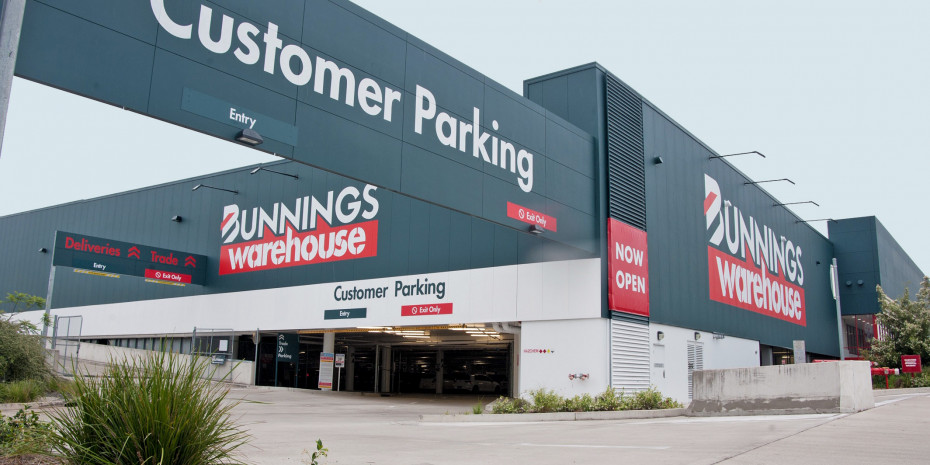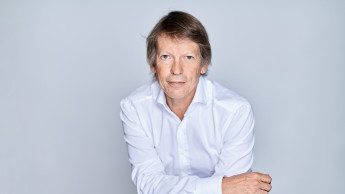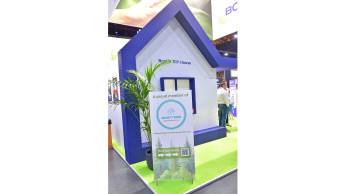Bunnings continues to record high growth rates, five per cent in 2018/2019. What is the main reason for this success?
That means really understanding how your customers are changing - the way they live and work and what that means for the type of products and services you need to deliver.
Our focus has been on offering our customers the widest range of products, everyday low prices so they get great value and of course best service. This is just as relevant today.
I also think that we've built a great team who are passionate about connecting with our customers. If you have a happy and engaged team then you stand a much better chance of having happy customers.
And when will the market in Australia and New Zealand be saturated?
We are currently running at an average of ten net new stores per annum. Interestingly, population growth in Australia has averaged 1.6 per cent p.a. for the last ten years so that supports our continued investment in network growth.
New store growth will generally come in the form of filling network gaps in difficult to develop inner urban growth areas, or in the regional and urban fringe where population growth supports the establishment of a store.The other important point is that as the way people live and work changes, so does the definition of DIY. Softer DIY projects such as upcycling, home automation, along with smart and attractive storage options now form part of the offer. There is also an increase in a desire for "do it for me" or services as time-poor customers look for help in bringing their home and lifestyle aspirations to life.
So, while it has always been competitive, I think that we are seeing shifts in the market across both countries and this means we must continue to challenge ourselves on the offer, how we deliver it and our competitive landscape.

 Menü
Menü















 Newsletter
Newsletter